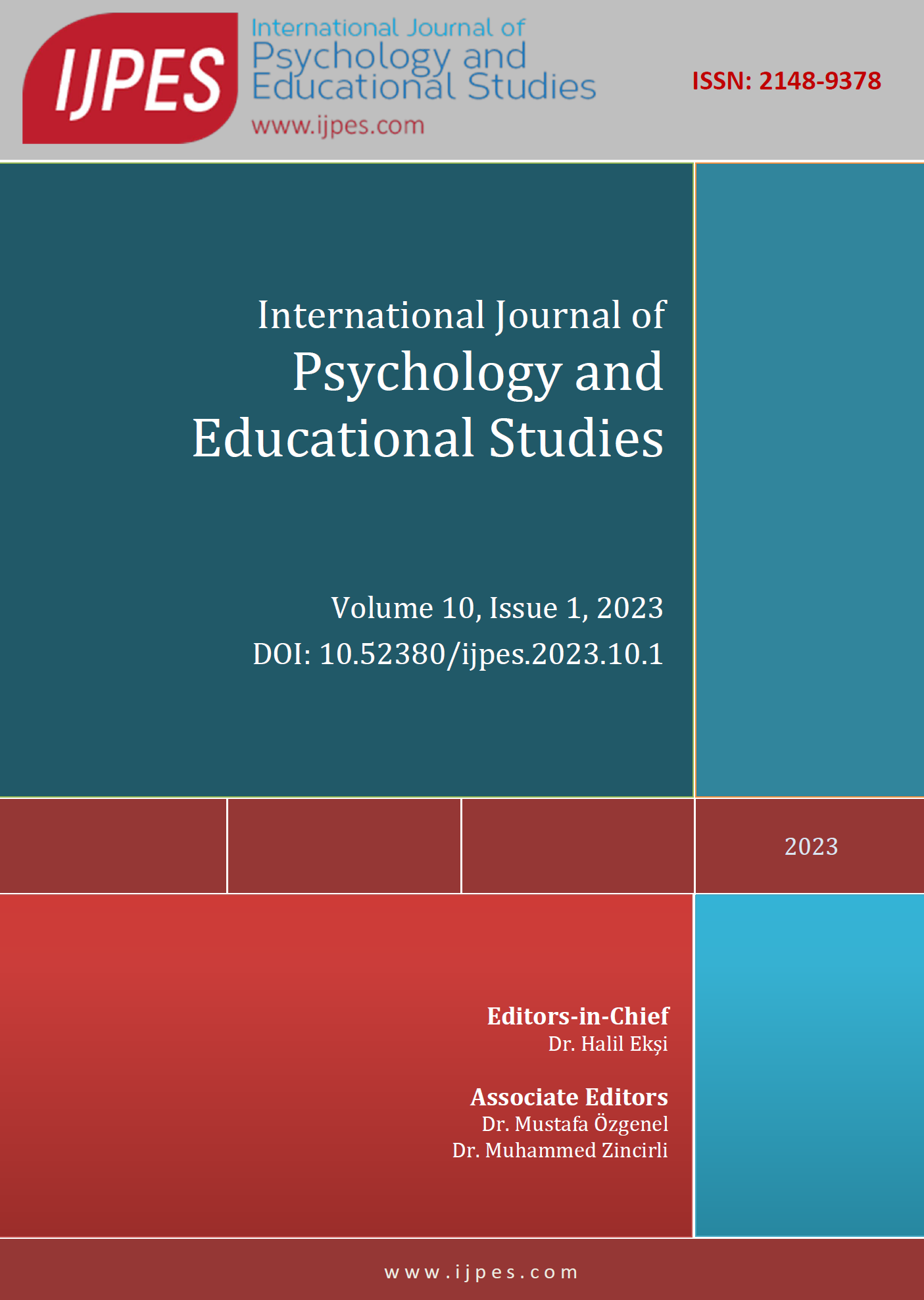The Effectiveness of Student-Centered Teaching Applications Used In Determining Motivation Toward Science Learning: A Meta-Analysis Study
DOI:
https://doi.org/10.52380/ijpes.2023.10.1.512Keywords:
Student-centered teaching applications, motivation for science learning, effect size, meta-analysisAbstract
The aim of this study was to determine the effect of student-centered teaching applications on students’ motivation toward science learning with a meta-analysis study. For this purpose, national and international databases were scanned and master's theses, doctoral dissertations, and articles prepared between 2010 and 2020 were investigated. Accordingly, 271 studies conducted in Turkey were accessed, 59 studies were determined to meet the inclusion criteria, and the effect size of 61 was calculated. Using the Comprehensive Meta-Analysis v2.0 (CMA) Statistical Package program, the effect sizes and combined effect sizes of the studies were calculated. As a result of the analysis, the general effect size of different teaching applications on students’ motivation toward science learning was determined as 0.620 (95% Cl, SE=0.088). This value was “medium level” according to the effect size classification of Cohen et al. (2007). As a result of the heterogeneity test, it was concluded that there was a high level of heterogeneity in the study (Q=408.198; ²=79.082; I²=85.301). A moderator analysis was conducted to explain this heterogeneity between the effect sizes of the students’ motivations toward science learning. For this purpose, categorical moderators (publication type, learning area, study location, grade level, scale type, and duration of applications) were determined to cause a statistically significant difference in effect sizes. According to the results of meta-regression analysis conducted for the moderators of publication year and sample size investigated as continuous variables in the study, publication year (z= -2.664, p<0.05) was found to cause a statistically significant difference in the effect size. Some recommendations were made in line with the study results.
Downloads
Published
How to Cite
Issue
Section
License
Copyright (c) 2023 International Journal of Psychology and Educational Studies

This work is licensed under a Creative Commons Attribution-NonCommercial-NoDerivatives 4.0 International License.


